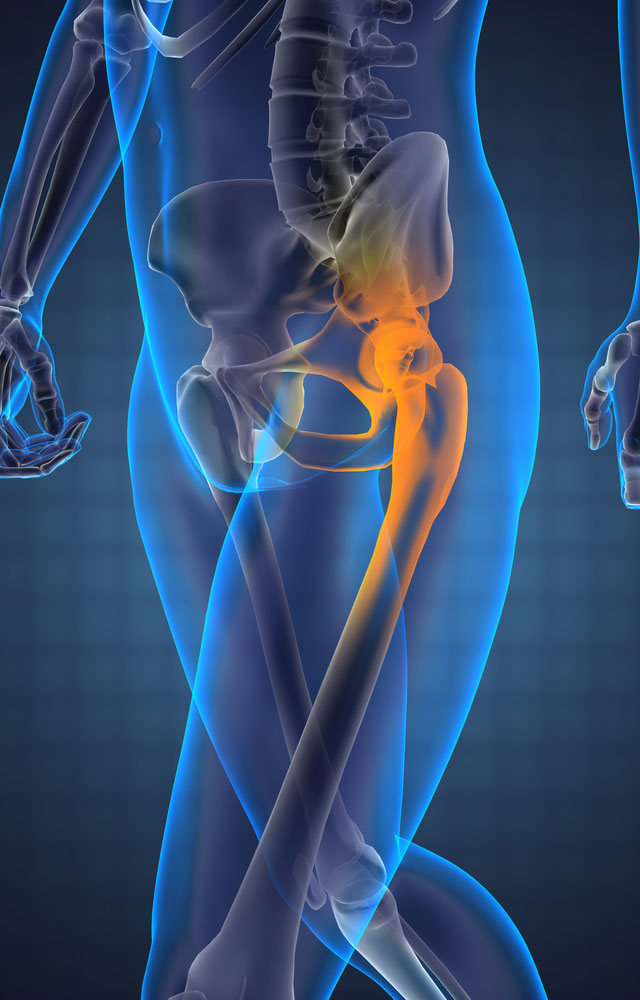
The hip joint is a ball and socket joint, which allows for a large range of motion. This creates the possibility for instability and other conditions. One of the main conditions that patients can encounter is hip bursitis. A bursa is a fluid filled sac that exists in multiple joints throughout the body that act as cushions to create less friction during movement. Bursitis is inflammation that occurs in the bursa of the hip. The hip has two bursa, which can become inflamed for multiple reasons. Patients will have either greater trochanteric bursitis or illopsoas bursitis. Each of these two will present with similar symptoms but the location of the pain will differ. Greater trochanteric bursitis will have pain on the side of the hip and extend to the lateral thigh, whereas illopsoas bursitis will be local to the groin.
How Does it Happen?
Hip bursitis has risk factors that may increase the likelihood of experiencing the symptoms. These risk factors include overuse of the hip, any trauma to the hip including a fall, bone spur or calcium deposit or leg length discrepancy.
Symptoms
Patients will experience a sharp pain that later will become dull and spread out across a larger area. Pain will typically get worse during the nighttime, when lying on the affected side and when sitting for a prolonged period of time. Additionally patients may notice more pain with prolonged or increase in activity. Hip bursitis is more common in middle-aged patients and in women compared to men.
What Can You Do?
The treatment for hip bursitis is conservative care. Patients typically see decrease in symptoms within 4-6 weeks. Patients should first schedule an appointment with their orthopedic doctor who will then recommend patients start a course of physical therapy. Physical therapy patients will receive ice and electrical stimulation to decrease inflammation and control pain. Also patients will get massaged, stretched and perform gentle exercises to gain strength and range of motion to improve their condition. As the pain lessens and inflammation decreases patients will be able to increase their activity levels and return to prior level of function. In the event that a patient is not responding quickly enough to physical therapy alone, a doctor may want to use a corticosteroid injection to decrease inflammation in the joint space.

